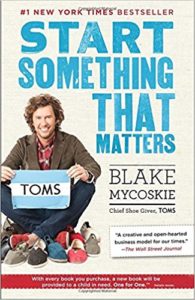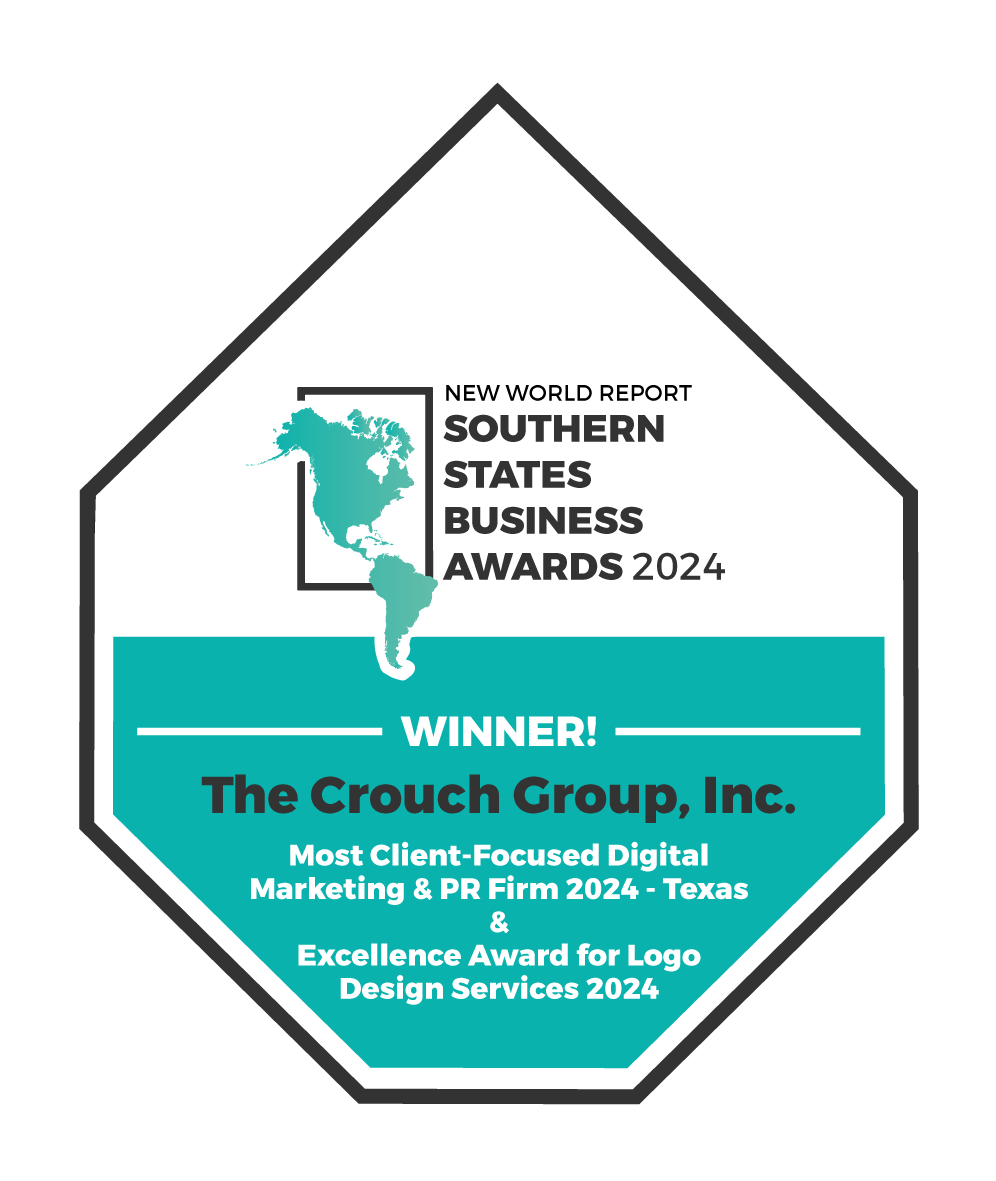
“Start Something That Matters” Book Review and Business practices
TOMS shoes got started 2006 with a journey to another country. Blake Mycoskie went on a trip to Argentina in 2006, taking a much need break from his startup venture. He had been to Argentina before, but on this 2006 trip he learned about a major issue he wasn’t aware of before the trip. Children across the country lacked shoes, even in a moderately well-developed country like Argentina. This exposed their feet to major diseases some possibly life threatening.
Blake initial thought was to create a not-for-profit soliciting money or shoes to donate to the children of Argentina. However, organizations like this already existed and struggled to get funds or proper shoes. Then a new concept came to him: create a For-Profit company with a philanthropic mission. This would mean that there would be a “constant flow of shoes, rather than depending on the kindness of people to make donations.”
In his 2011 book, “Start Something That Matters”, Blake outlines 6 good business practices in addition to telling the TOMS story.
1.Find your Story
What is the point of an elevator pitch? To tell your story as succinctly as possible. People can rally behind a simple story much faster than something that is difficult to comprehend. TOMS, Apple, Subway are companies that rely on simple, but powerful stories to sell themselves.
2. Face your Fears
Fear can be a powerful motivator but it can also be paralyzing. Use it to your advantage but don’t let it be a hindrance. There is never a “right time” to do something. You just need to weigh the pros and cons of a direction and make a decision. Everyone makes mistakes. Failing is only a negative if you learn nothing from the experience.
3. Be Resourceful without Resources
A business in not built with shiny computers or a modern styled office. When Blake started TOMS, he decided would reuse business card he had been given, and just scratch out the information and write in his own. TOMS started out of his Venice, California apartment. Blake had friends volunteer to help or gave interns college credit, just to get off the ground. People are the most important resource. If you make the most of terrific people, you can be resourceful without fancy physical resources.
4. Keep it simple
Just like having a concise elevator pitch, keep your business as simple as possible. Keep it where people can easily understand the business and the business doesn’t get bogged down in details. You will be more efficient and more productive.
5. Build Trust
People are more willing to work with you if they trust you. Be as transparent as possible and use your own products. What would people have thought if Henry Ford was regularly seen driving around in an Oldsmobile? Practice what you preach and people will want to do business with you.
6. Giving is Good Business
It may seem counter intuitive but the future of business is giving. Millennials and other age groups prefer businesses that have at least some level of a social conscience. TOMS is not just focused on making money. They have a bigger dream in mind. A business that only wants to horde profits for shareholders is not seen as trustworthy. People will hesitate to do business with them. Find a way to be bigger than your company. That could be as simple as being involved in making the community around you better. Give employees the opportunity to volunteer in your community. It doesn’t take away from profits and it will make your company more trustworthy.
Have a good story about yourself. Use fear as a tool. Have resourceful people on staff, even if you don’t have the fanciest other resources. Keep the business simple, build trust, and be cognizant of the world outside of your business. Blake Mycoskie founded TOMS shoes on these principles. It’s worked for TOMS and it can work for your business.






[…] 6 Great Business Practices From TOMS […]